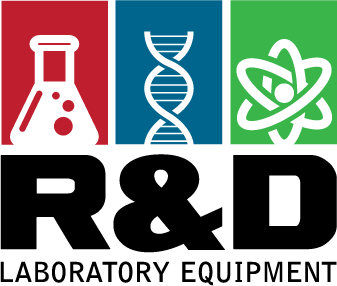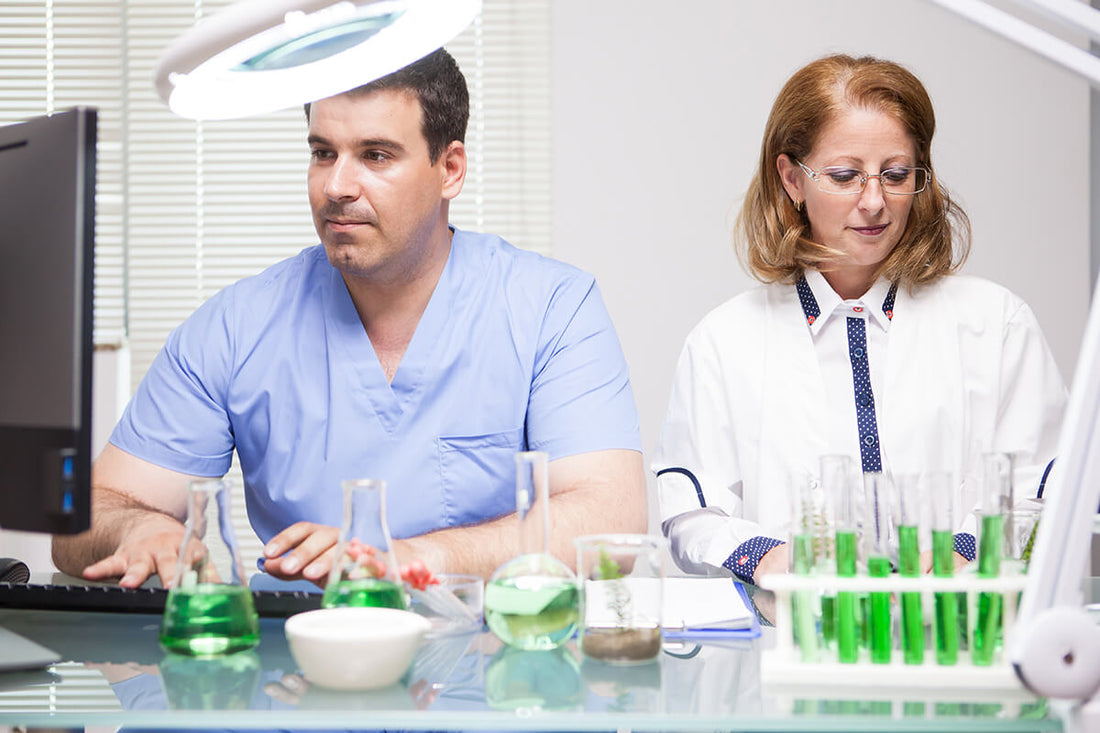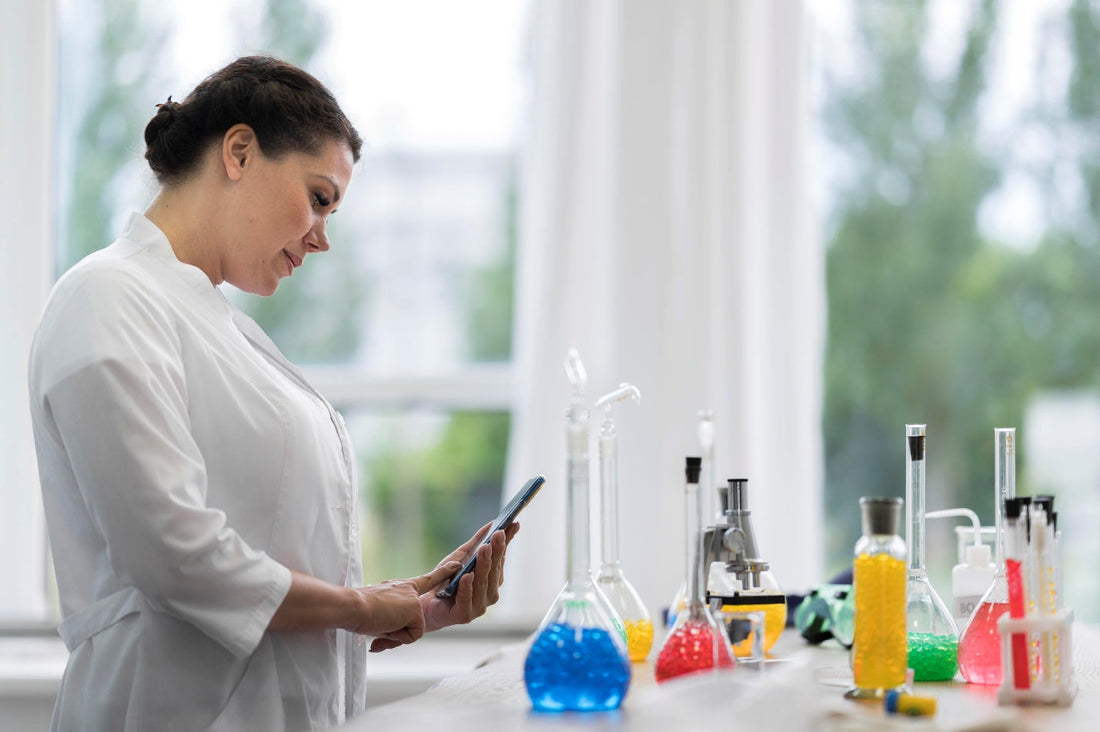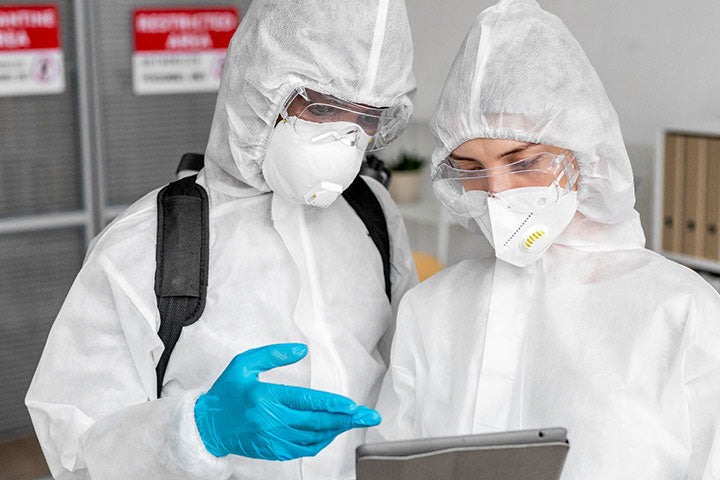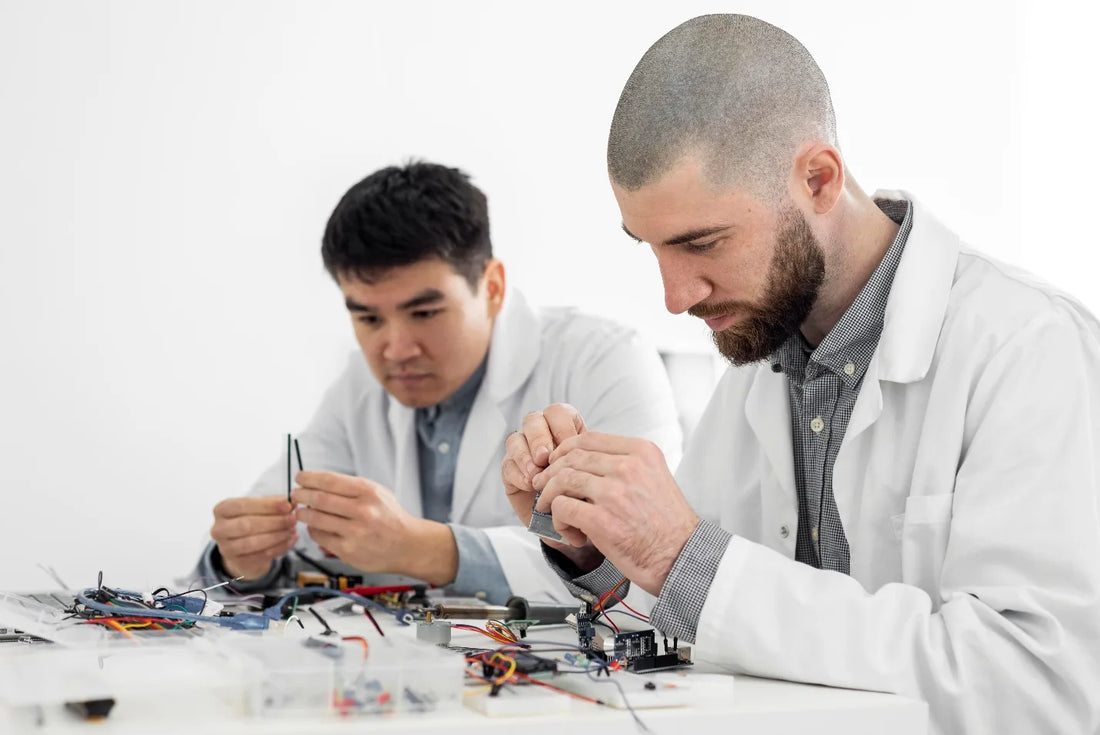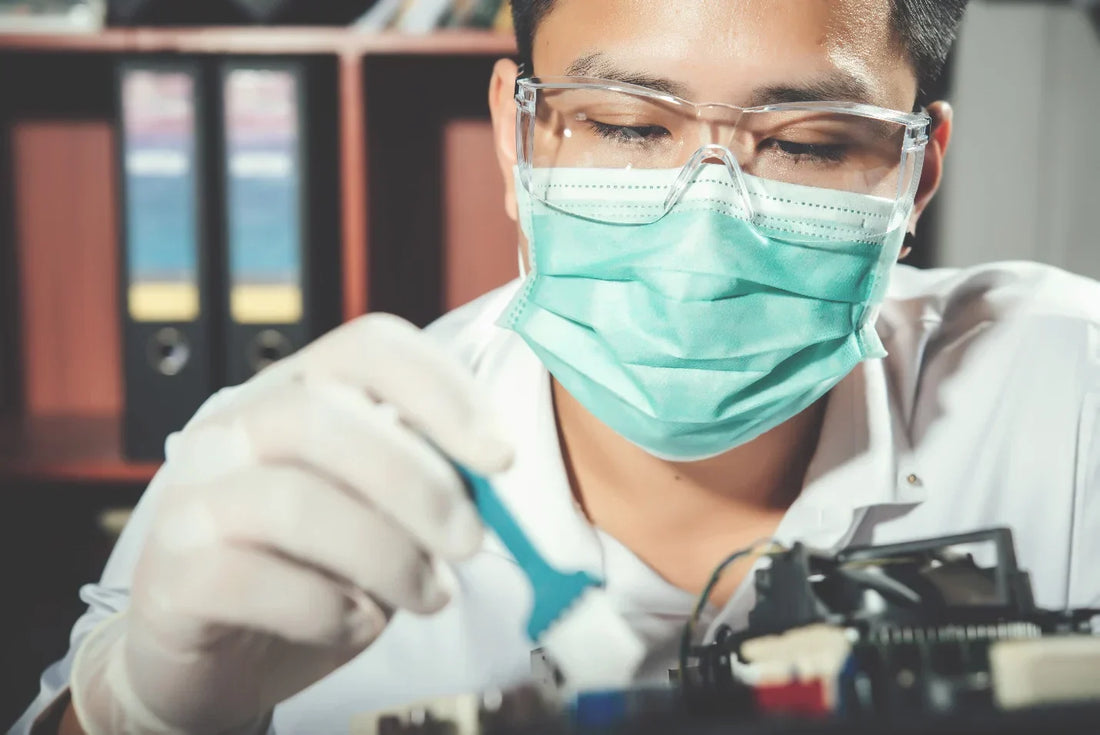How to Achieve Effective Biological Decontamination of Laboratory Equipment
Summary:
Biological decontamination requires specialized handling and equipment. It is essential to ensure the integrity of research results and protect personnel and the environment. This article examines the various decontamination methods available and their effectiveness.
Introduction
Biological contamination in laboratory settings can have severe consequences, including compromised research results, equipment damage, and human health risks. Effective decontamination of laboratory equipment is crucial to prevent the spread of microorganisms and maintain a safe working environment.
However, attaining complete biological decontamination can be a complicated task. In this blog article, we will look at the best techniques and procedures for adequately decontaminating laboratory equipment while maintaining research integrity and the safety of laboratory personnel.
Understanding Biological Decontamination
Biological decontamination refers to a process or treatment of eliminating or reducing biological contaminants, such as microorganisms, from surfaces, equipment, and environments. In a laboratory setting, decontamination is a critical process rendered on lab equipment, making them safe to handle by personnel.
All contaminated equipment and materials should be decontaminated before they are washed, stored, or discarded. There are different levels of biological equipment decontamination. They are:
- Cleaning: Cleaning is the initial and most fundamental phase of decontamination. Water, detergent, and scrubbing with a gloved hand remove dirt, soil, and other contaminants from the equipment. While it may seem simple, cleaning is a crucial element of the procedure, and neglecting it may make other levels ineffective.
- Disinfection: Chemicals or heat remove microelements from the equipment and lab surface. This method significantly reduces the number of microbes and the risk of infections but does not eliminate them. Equipment that is not washed before disinfection will likely not be decontaminated.
- Sterilization: Sterilization is the final and most effective method of biological decontamination. It employs physical and chemical processes to eliminate all microbial life. Sterilization procedures include heat, gas, steam, plasma, and radiation.
Importance of Biological Decontamination
1. Ensures Research Integrity
In laboratories, biological decontamination ensures that lab equipment and research apparatus are kept clean and free of microbes that can affect the results of tests and research. This establishes the accuracy and reliability of search results.
2. Prevents Infections
Decontamination of lab equipment and hospital facilities protects medical staff, lab attendants, and patients from bacteria that could spread illnesses and cause death.
3. Maintains Equipment and Infrastructure
Regular cleaning of laboratory equipment ensures that it is well-maintained and in peak condition for research purposes. It also helps to reduce wear and tear, lengthen the life of equipment, and save expensive repairs.
4. Ensures Regulatory Compliance
All laboratories, health buildings, and manufacturers must disinfect their facilities and equipment periodically. Failure to disinfect lab equipment endangers people, patients, and the environment, resulting in strict punishments and potential legal action against lab owners and management.
5. Protects Public Health
Since COVID-19, proper decontamination of laboratory equipment and premises has been emphasized to prevent threats to public health and safety. Diseases and infections can spread in numerous ways, so decontamination is the first step in preventing outbreaks and keeping the public safe.
The Decontamination Process

The decontamination process involves several steps:
- Pre-cleaning: In this phase, any visible debris, dirt, or contaminants that will be decontaminated are removed from the surface or equipment.
- Disinfection: Use a chemical disinfectant to lower the amount of bacteria on the surface or equipment.
- Sterilization: Sterilizing eliminates all microbial life forms by using sterilizing methods such as heat, radiation, or filtration.
- Verification: Verification entails evaluating and validating the decontamination process to ensure its effectiveness.
- Documentation: Keeping track of the decontamination procedure, including the methods employed, the results of verification testing, and any maintenance or repairs conducted.
Steps in the Decontamination of Laboratory Equipment
Pre-Decontamination Steps
- Identify the Equipment: Determine which equipment has to be decontaminated and what type of pollution exists.
- Review Equipment Manual: Review the equipment manual to learn the manufacturer's decontamination recommendations.
-
Wear Personal Protective Equipment (PPE): Wear Personal Protective Equipment (PPE), such as gloves, lab coats, and eye protection, to avoid contamination.
Decontamination Steps
- Remove Loose Debris: Remove all loose debris from the equipment's surface, including dust, grime, and spills.
- Clean the Equipment: Using a light detergent and water, remove any dirt, grime, or other compounds that could interfere with decontamination.
- Disinfect the Equipment: Clean the equipment with an effective disinfectant for the type of pollution present.
-
Sterilize the Equipment: Use sterilization procedures, such as autoclaving or dry heat sterilization.
Post-Decontamination
- Verify Decontamination: Use swabbing or biological indicators to ensure the decontamination process succeeds.
-
Document Decontamination: Document the decontamination process, including the methods utilized, the results of verification tests, and any maintenance or repairs performed.
Common Decontamination Methods
- Chemical Disinfection: Inactive bacteria are treated with chemicals such as bleach from quaternary ammonium compounds.
- Heat Sterilization: Heat sterilization kills bacteria at high temperatures.
- Radiation Sterilization: Using ionizing radiation to kill microorganisms.
- Filtration: Using filters to remove microorganisms from liquids or gases.
- Ultraviolet (UV) Light Disinfection: Using UV light to destroy microorganisms.
Specialized Equipment Decontamination

1. Biosafety Cabinet Decontamination
The exact circumstances of a laboratory determine how and when a biosafety cabinet should be decontaminated. The best method is to use a chemical disinfectant. The main chemicals used are formaldehyde, hydrogen peroxide, and chlorine dioxide.
2. Fume Hoods Cabinet Decontamination
The method used to decontaminate a Fume Hood depends on the contamination and the type of material used in its construction. Standard methods include chemical decontamination using cleaning agents, steam cleaning, UV radiation, and fumigation and sterilization.
3. Centrifuges
Centrifuge decontamination involves combining several methods. The best practices include cleaning the equipment's outer parts and rotor with an alcohol-based disinfectant. Chemicals, UV radiation, and steam cleaning are also effective decontamination methods.
4. Microscopes
Microscope decontamination is critical for removing contaminants such as bacteria, viruses, and other microorganisms. It usually involves visual inspection, chemical disinfection, and UV light disinfection.
Best Practices for Effective Decontamination
1. Routine Maintenance and Cleaning
Regular maintenance and cleaning are essential to ensure the longevity and effectiveness of laboratory equipment, as well as to prevent contamination and ensure a safe working environment. Lab equipment should be serviced at least twice yearly and decontaminated immediately after use.
2. Documentation and Compliance
Documentation and compliance are crucial aspects of laboratory operations, particularly regarding decontamination and equipment maintenance. Key considerations for documentation include equipment manuals, maintenance records, decontamination records, and training records.
Compliance with regulatory authorities also helps ensure effective and timely decontamination of lab equipment.
Conclusion
Biological decontamination is essential to the health and safety of lab personnel and the environment. It guarantees research integrity and prevents regulatory sanctions on lab managers and owners. However, decontamination requires the handling of trained experts—contact R&D laboratory experts for personnel training and assistance with equipment decontamination.
FAQs
1. How to decontaminate laboratory equipment?
Chemical disinfectants, UV radiation, steam, and heat treatments decontaminate laboratory equipment.
2. What are the methods of biological decontamination?
The methods of biological decontamination are pre-cleaning, disinfection, sterilization, verification, and documentation.
3. What is the most effective method for decontaminating waste?
Autoclaving is a steam-based method for decontaminating biological waste and laboratory equipment.
4. Which laboratory equipment can be decontaminated?
Specialized equipment that can be decontaminated include biosafety cabinets, fume hoods, centrifuges, microscopes, etc.
5. Where can I get my lab equipment decontaminated?
Contact R&D Laboratories for assistance with safe and efficient biological decontamination of laboratory equipment.
